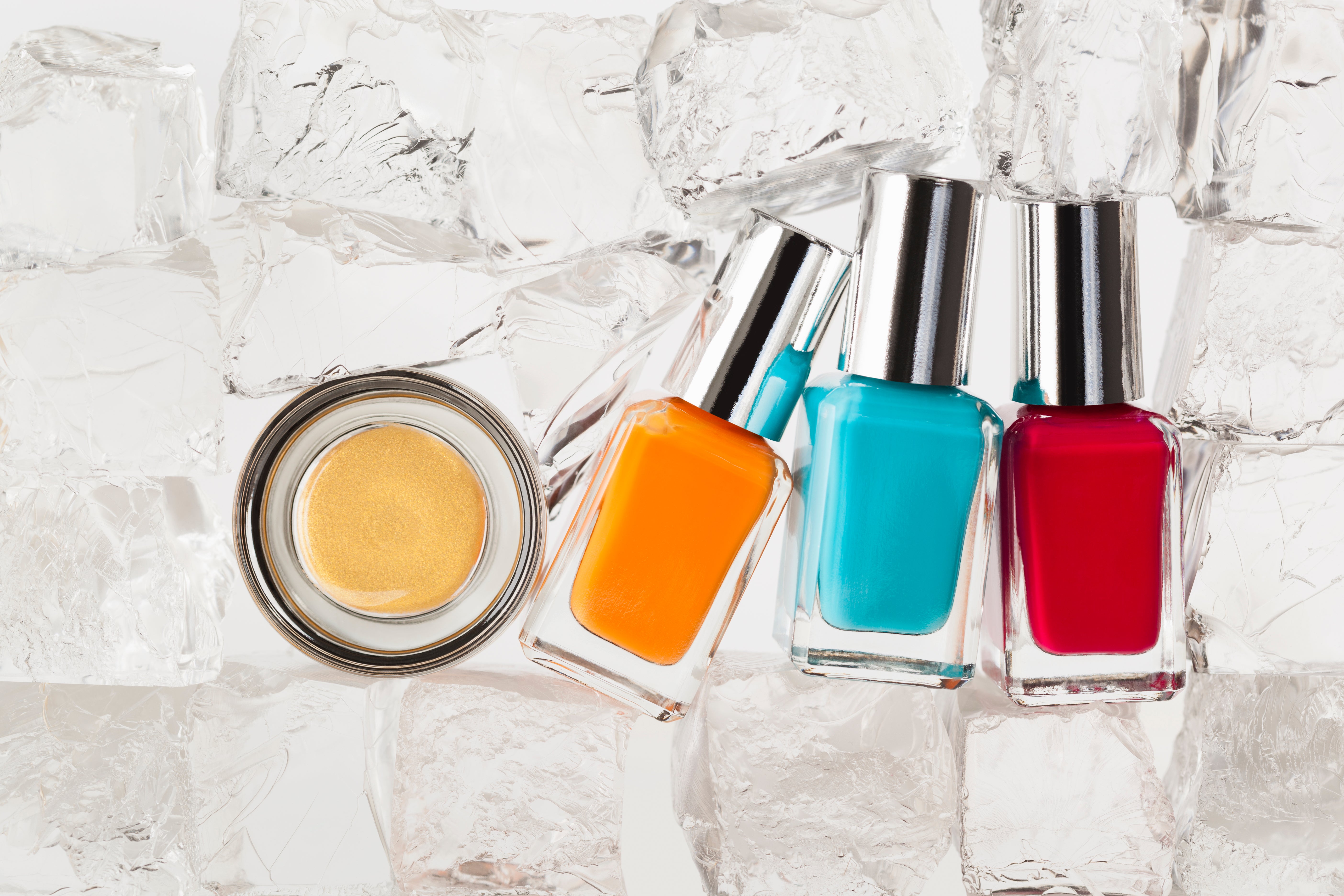
This article originally appeared on InStyle.
It’s a tale as old as time—you thought that full-sized bottle of dry shampoo you shoved into your carry-on would somehow go unseen by the TSA’s scanners, only for it to get spotted and removed by a guard who has donned rubber gloves to inspect the bag. What’s a girl to do?
Depending on where you’re departing from, going back through the security line and getting it placed into your checked luggage may make you late for your flight, that is, if you even checked a bag to begin with. You try to find the humor in the situation, cracking a joke like, “enjoy that, it’s good stuff!” but you can’t help but feel your heart sink just a little as you watch it get tossed into a bin also containing half-filled water bottles and Starbucks cup. What happens to the product once it’s out of your hands? Is there an afterlife for products lost to the airport security line?
We spoke to Lisa Farbstein, the TSA’s national public affairs spokesperson, to find out once and for all.
First things first, there’s a difference between an item being confiscated, or surrendered. Confiscated items are those that are illegal to bring through an airport security checkpoint, like a gun or anything that could be used as a weapon. Beauty products are usually surrendered.
“When someone shows up with a shampoo bottle or hairspray too large to fit in the quart-sized bag, you have a few options—if you have enough time, you can run back and place it in your car or checked luggage, leave it with a non-traveling companion who may have dropped you off, convert your carry-on to a checked bag, or have the item mailed home or to your destination. A few airports have mailing centers where you can do this,” she explains. “In larger airports, odds are that people won’t have enough time to run back to their car or have it placed in their checked bag, so the last option is to surrender the product. This is done by choice, and you can stand there and argue with the TSA officer, but you won’t get past the checkpoint if you’re still in possession of the item.”
VIDEO: Everything You Need to Know About Global Entry and TSA Precheck
RELATED: TSA-Approved Beauty Products
The 311 rule in airports—or, the rule that requires you to place products with a maximum size of 3.4 oz. into a quart-sized —bagis in place as the intelligence community determined that if an item were 3.4 oz. or smaller and happened to be a liquid, gel, or aerosol explosive, the results weren’t likely to be catastrophic. The results of a 20 oz. bottle of a liquid explosive disguised as shampoo, on the other hand, would be. “While we’d love to take your word that it’s just a bottle of sunscreen or shampoo, we have to be abundantly cautious because it can be a life or death situation,” Farbstein tells us. “The TSA officers are there to make sure you get to your destination as well as back home safely—that’s it.”
Once a product is surrendered, the TSA officials will throw it out right then and there (even items that are sealed and have never been used), then dispose of it accordingly. Products like hairspray, on the other hand, are considered a hazardous material, and although they are thrown out as well, they’re disposed of in a different way. “Any item that is indicated as flammable on the label is considered a hazardous material,” Farbstein explains. “Basically, if you can spill, spray, pump, or pour the product, it should be placed in your checked baggage.” The TSA also has a handy What Can I Bring? tool on their website where you can search your item in their database to get info on whether or not it can fly, and where it should be placed.
Beauty products are surrendered every day at TSA checkpoints, so while inconvenient for you, it’s pretty much the norm, and certainly not weird enough to make the list of items that get digital fame on the TSA’s Instagram. If you haven’t scrolled through their feed just yet, do it. The posts are equal parts hilarious and fascinating. We never knew that items like stained glass unicorns, sliced green mangoes, or an actual lobster were things that are actually allowed in your checked bags. “I’m a fan of the axes that get confiscated,” Farbstein says, laughing. “We get a fair share of axes and axe murderer is always the first thing that comes to my mind. Obviously that’s not the case, it’s just someone who wants to travel with an axe. I just find that to be unusual—like, why would you need an axe on a plane?”
Now that’s a loaded question we’d like answered.